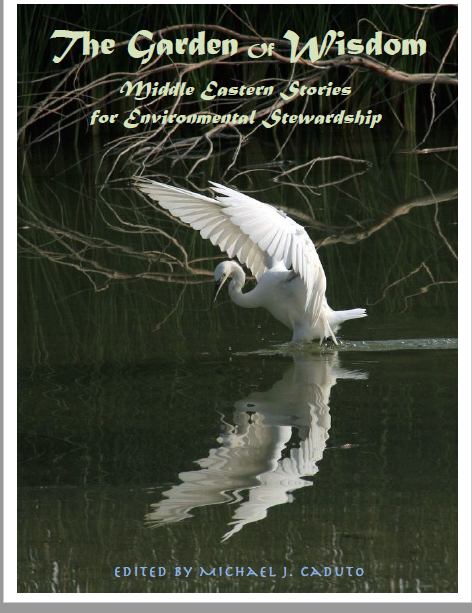Here’s an article I wrote a while back for Massachusetts Environmental Education Society’s publication The Observer. While this article is aimed at professional educators, I think there are important take-aways here for parents and anyone else who works with children. Some of what I address here is what I’ll be presenting at the MEES 2012 Conference on March 14th.
I freely recognize that I’m a blender when it comes to teaching. Working over the past decade in camps, environmental education and adventure education I have tried to adopt a variety of teaching methods, set programs or techniques as put forth by various authors and/or organizations. What I have discovered (and I’m sure this is true for most educators) is that I do far better to take the components of the stronger programs/curricula, and blend it with my own teaching style.
That is why I have selected only a small bit from the Earth Education program below to share. The Earth Education folks would much prefer that I completely integrate their program and run it as they’ve set forth in their various books. I have no problem with their programs – I like them quite a lot, in fact – but it just isn’t feasible with what I have to work with in my day-to-day structure. But I believe that there are some really important messages in there that shouldn’t be lost, just because I (mostly)can’t use their programs as a whole and so I’ve condensed a few concepts that I try to utilize as often as possible.
One of the facets of these programming suggestions that I love is how it blends aspects of what we try to accomplish in challenge/adventure education with more fact-oriented environmental education. Many of the Earth Education components that I’ve listed are easy to insert into almost any type of program, and I strongly urge you to give them a try. The excerpts below come directly from the Earth Education book by Steve Van Matre (see resources below).
_____________________________________________________________________________________
Earth Education
Concepts for Lesson Planning
Immersing participants in nature… we have to:
- get people out there
- help people take in more of what’s around them out there
- make sure people have a good time while they are there
Immersing Techniques:
- Change your vantage point to make the familiar unfamiliar
- Use all of your sense in exploring an area
- Simulate natural processes (flow like the water, leap like the wind)
- Crawl or roll or float instead of walk
- Take away your sense of sight or sound to heighten your other senses
- Role play other creatures and things
- Look at the world from the perspective of something else
- Get off the path, go cross-country (or bushwhack)
- Find dramatic places to perch
- Go out in unusual hours or conditions
- Play with a childhood toy, then go for a walk in a natural area
- Spend a whole day outside (dawn to dusk) and imagine that it is the last day of your life
- Use other ways to answer the “What is it?” Question (aka – “Coyote Teaching”)
- Ask participants what they notice about it
- How does it smell/feel/sound?
- Use a one-line description of its process (system), place (community) or niche (It’s a decomposer, flying insect-eating mammal, a prairie flower, etc.)
- Ask them what they think it should be called based on their observations
- Pulling, rather than pushing your learners:
- Build in appropriate yet appealing rewards
- Huddle a group together and in a hushed voice prepare them for what’s coming
- Promote the next activity with a fast-paced skit during a meal
- Arrange a special ceremony that engulfs the participants and sets them up for the task
- Challenge the learners to do something different or out of the ordinary
- Use open-ended questions (as opposed to the 20-questions method):
- “I wonder what causes it to look like that?”
- What does it feel like when you (rub it against your cheek, between your fingers, etc.)?”
- “How did it make you feel?”
- “Can you find an example of__?”
- Do you think it’s possible to …?”
- Make it magical by:
- Telling a story
- Setting up a discovery
- Sending a secret message
- Using clues and riddles
- Doing the unexpected
- Forecasting events to build anticipation
- Watching for special moments
- Preparing a surprise
- Creating an appealing atmosphere
- Add adventure:
- Offer a challenge
- Send/use a map
- Introduce a mission
- Ask for help
- Present a mystery to be solved
- Organize an expedition
- Pretend it’s a bit risky
- Make it multisensory
- Bring in something exotic as a focal point
- Include a break in the routine
- Reverse the commonplace
Resources:
Earth Education, Steve Van Matre, The Institute for Earth Education, Greenville, WV, 1999

I think a good teacher takes material and make it their own.. I love this outline..so wish I was still in the classroom…
Thanks Michelle – I agree. I think taking the best from what you find and making it work for you is definitely the key to good teaching. Along with being open to new ideas and methods.